Copyright © 2022 Foshan Nanofiberlabs Co.,Ltd All rights reserved.Site Map
1.What is the cornea
The cornea is the round, transparent part of the outer front of the eyewall that protects the front of the eyeball (as shown in Figure 1). In the event of trauma or bacterial infection, the cornea is always the first to suffer, being painful , itchy and even Turbid (as shown in Figure 2), resulting in vision loss and even blindness (corneal blindness). At present, the only effective treatment for corneal blindness caused by corneal disease is a corneal transplant (as shown in Figure 3). But now there is a large demand for corneas in China but there is a shortage of donor corneas (it means there are few corneas donors). According to the results of the epidemiological survey of infectious keratopathy conducted by the Chinese Academy of Engineering from 2009 to 2012, the prevalence rate of keratopathy in China is 2.49%, among which the patients with corneal blindness account for about one third, and the number of patients with the disease is increasing at a rate of 100,000 to 150,000 every year. Fewer than 8,000 corneal transplants are performed in China each year due to the lack of natural donor corneas.
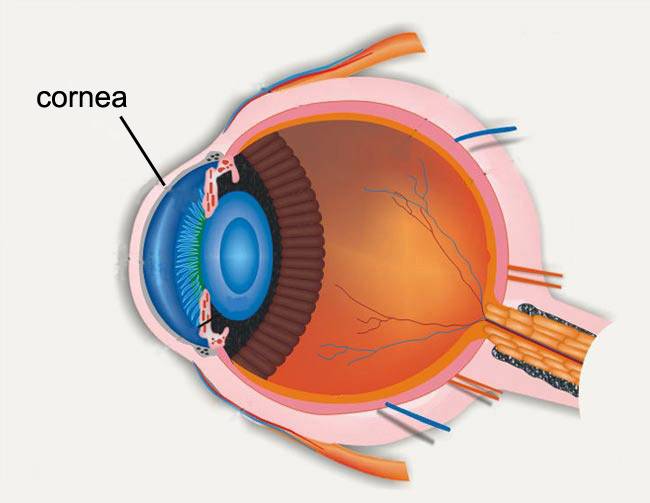
Figure 1(The eye section1)
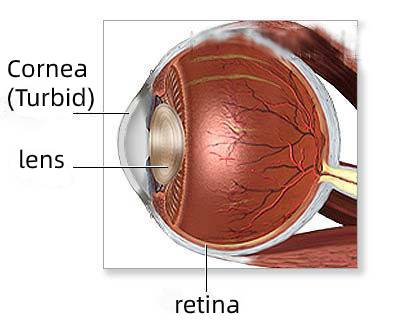
Figure 2 (The eye section 2)
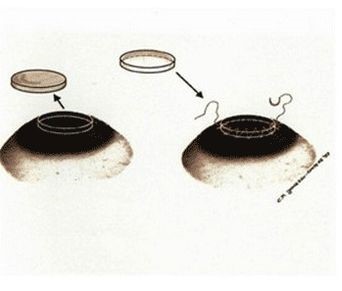
Figure 3(corneal transplant)
2. Artificial cornea and its development status
To solve the lack of donor corneas, scientists have turned their attention to the development of artificial corneas(keratoprostheses). In the United States, the Boston and Alphacor keratoprostheses are the only two that have been approved by the Food and Drug Administration for clinical use. Both artificial cornea due to adopt the traditional artificial cornea skeleton structure (as shown in Figure 4) and use poly methyl acrylic hydroxyl ethyl ester (PHEMA), polymethyl methacrylate (PMMA), silica gel, ceramics, fluorocarbon polymer materials, its appearance and biocompatibility have been disappointing.
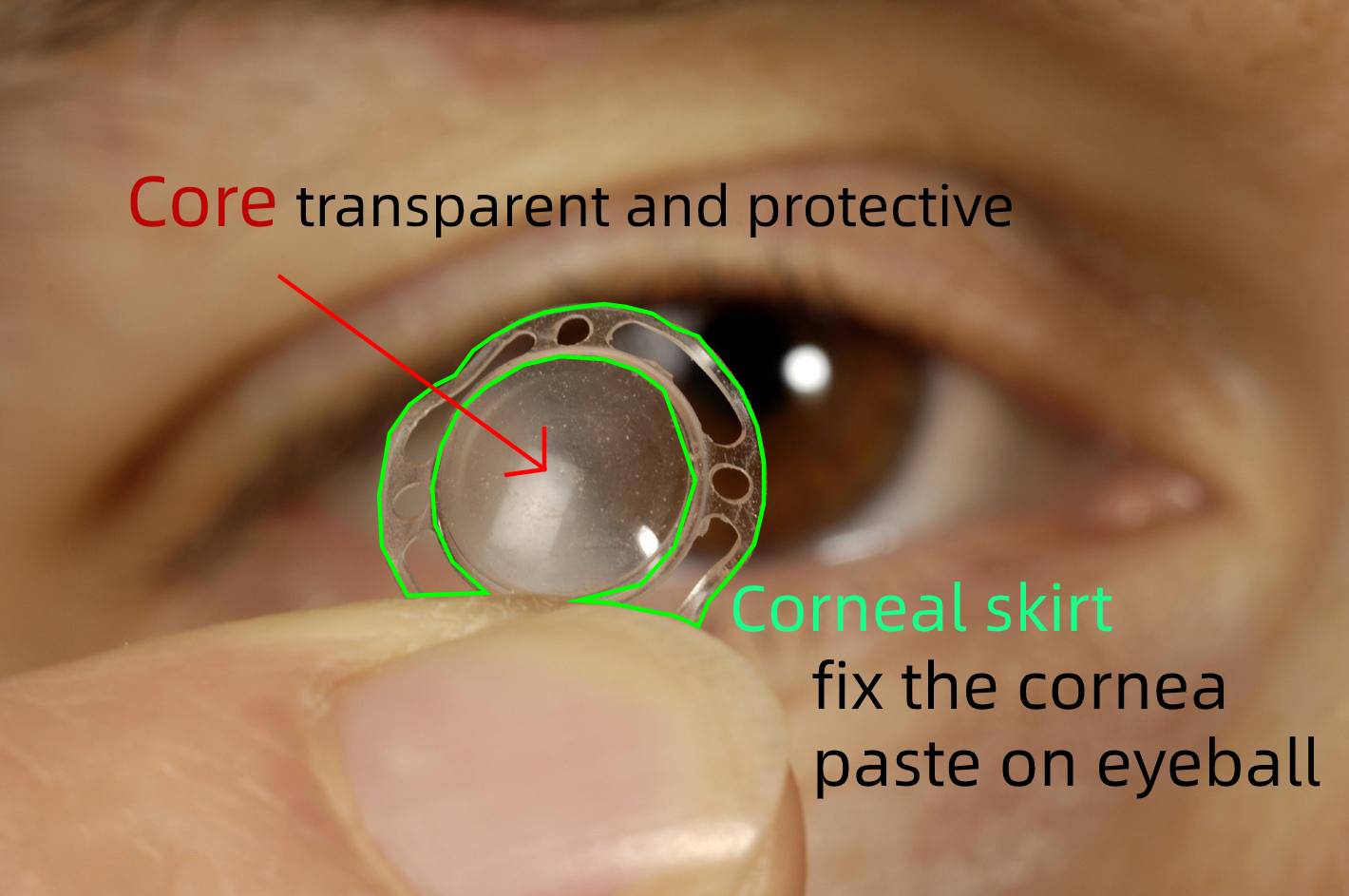
Figure 4(structure of keratoprostheses)
3. KPRO cornea and electrospinning technology
This time, the KPRO artificial cornea developed by Israeli scientists is made of non-degradable porous materials. The skirt is made of materials that can be permeated by fibroblasts and collagen, which is highly biocompatible. According to the reports in Engadget, Deeptech and other media, CorNeat Vision uses cellular and electrospinning techniques to enable the artificial cornea to stimulate cell growth and complete integration with surrounding tissue by mimics cellular and subcellular structure and function. A few weeks after the operation, the patient's eye can generate a large number of fibroblasts and collagen fibrils, allowing complete fusion of the corneal skirt with the eyeball. At this time, Kpro will always be a part of the patient's eye, and it will not carry any source of infection, including Coronavirus. As for the material's benefits, Deeptech reported: "Fibrocytes and collagen play an important role in facilitating tissue repair, wound healing, and functional regeneration. The skirt is made of porous materials, through which immune cells, fibroblasts and collagen can be transported for a more rational distribution, effectively reducing inflammation and other immune responses, allowing for better biological tissue fusion, improving stability and reliability."
Even more impressive is the simplicity of the KPRO procedure, the procedure takes less than an hour, the patient can read the next day, and the appearance of the KPRO is better than that of the Boston and Alphacor keratoplasty (as shown in Figure 5).
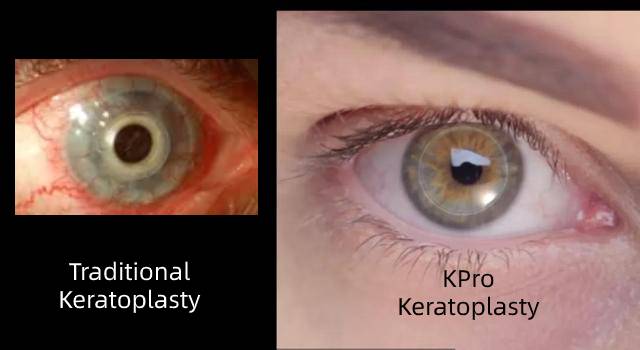
Figure 5(compare appearance between KPro keratoplasty and traditional keratoplasty)
In addition, during our research on this product, we discovered that some of the company's patents for corneal prosthesis relate to the use of electrospinning technology in the production of porous biocompatible materials:
【1】《KERATOPROSTHESIS AND USES THEREOF》
Excerpts:
“In another embodiment , said at least one porous biocompatible layer is formed by electrospinning process .”
“The fibers produced using electrospinning processes have increased surface area to volume ratio .”
“Fabrication of highly porous fibers may be achieved by electrospinning the jet directly into a cryogenic liquid .”
Link of patents:
https://patents.google.com/patent/US10667902B2/en?q=electrospinning*&assignee=Corneat+vision
【2】《A SYNTHETIC OPHTHALMIC GRAFT PATCH BACKGROUND OF THE INVENTION》
Link of patents:
https://patents.google.com/patent/WO2019234741A1/en?q=electrospinning*&assignee=Corneat+vision
【3】《KERATOPROSTHESIS DEVICES AND KITS AND SURGICAL METHODS OF THEIR USE》
Link of patents:
https://patents.google.com/?q=electrospinning*&assignee=Corneat+vision